My grandfather and I used to eat tomato and dandelion flower sandwiches in the summer – white bread out of a bag, a fresh garden tomato and a handful of recently opened yellow dandelion flowers squished together with some mayonnaise and mustard. Today I would skip the white bread and figure out a substitute for the mayo and mustard, but the effect would be the same, a sandwich composed of the wild and domesticated, not unlike the life I strive to live.
I am trying to shake off more and more civilization and domestication as I grow older. In many ways this is in sharp contrast to most of my generation, the vast majority of whom would be scared and grossed out if I offered up a handful of dandelions and called it lunch. To fear the wild and its food is to be disconnected and removed from the realities of what is out-of-doors. I learned that the hard way, after brief flirtations with the normal life.
The normal life is nothing of the sort; an amalgamation of the dream of getting ahead, of long working hours, of half-hearted friendships, of lightning fast meals prepared thousands of miles away. Food in the normal life is devoid of nutrition and might as well be considered a nuisance. Who has time to make a soup from scratch when there are so many other things demanding our time? You know, the important stuff, like television and instant messaging.
There is a disconnection going on, a food chasm of much greater importance to the health of the world than any compact fluorescent light bulb ever will be. Spread along the chasm are a growing number of folks after the same sort of ideal – locally produced sustenance within a community minded atmosphere. These are the folks that “normal” people would call crazies, but I would, and do, call my people.
I tried living in the normal world, in the disconnected way my parents raised me, to want a white picket fence, a garage door opener, a water softener and a cabinet mounted can opener. It all seemed fine to begin with – fresh out of college, moving to a
new city, joining the larger community. Dissatisfaction came quickly though, the realization that real choices had to be made – a pound of apples or a microwavable personal pizza (buy one get one free), a bag of carrots or a box of cereal, a head of cabbage or seven boxes of mac & cheese. Taking into account the previous conditioning by my parents, the choices were obvious, but conflicting. I wanted to know why these choices were not correct, and so began the long road to where I am today. Many, many boxes of mac & cheese were harmed along the way. Too many to count I’m afraid.
But I can’t live in that disconnected world anymore – carting home grocery bags full of packaged foods made from corn and soy fillers, grown for shelf stability and not nutrition, or taking useless synthetic vitamin supplements and waiting for the diseases of civilization – diabetes, high blood pressure, high levels of “bad” cholesterol – to invade my body so I can fix the problems with prescription medications. Maybe if we all ate a dandelion once in a while instead of a Hardee’s Chicken Biscuit, we’d be much better off –
“The [dandelion] leaves are more nutritious than anything you can buy. They’re higher in beta-carotene than carrots. The iron and calcium content is phenomenal, greater than spinach. You also get vitamins B-1, B-2, B-5, B-6, B-12, C, E, P, and D, biotin, inositol, potassium, phosphorus, magnesium, and zinc by using a tasty, free vegetable that grows on virtually every lawn. The root contains the sugar inulin, plus many medicinal substances.”
Source – Common Dandelion by “Wildman” Steve Brill
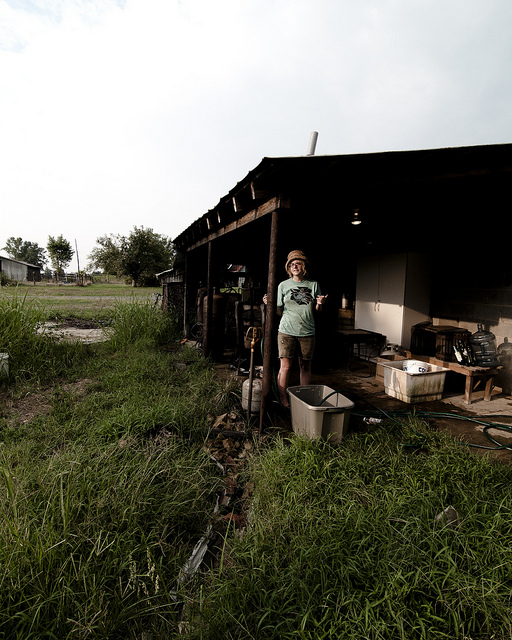
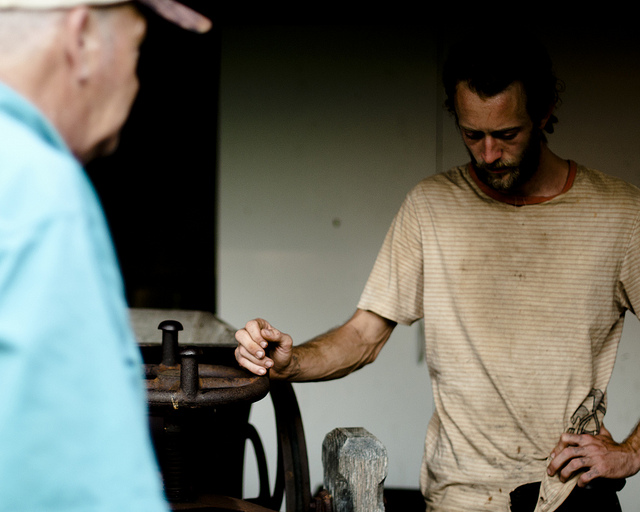
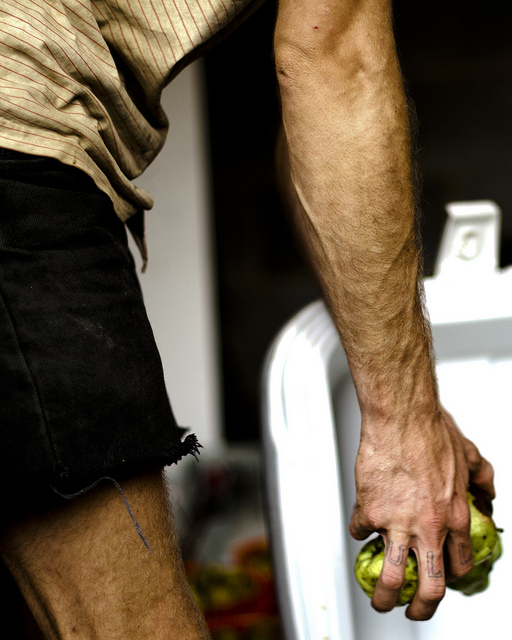
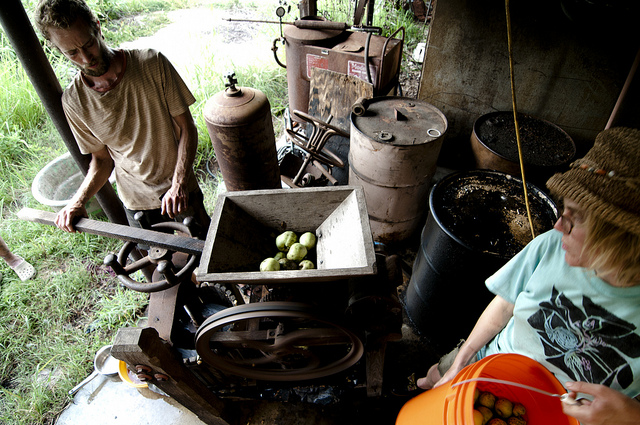
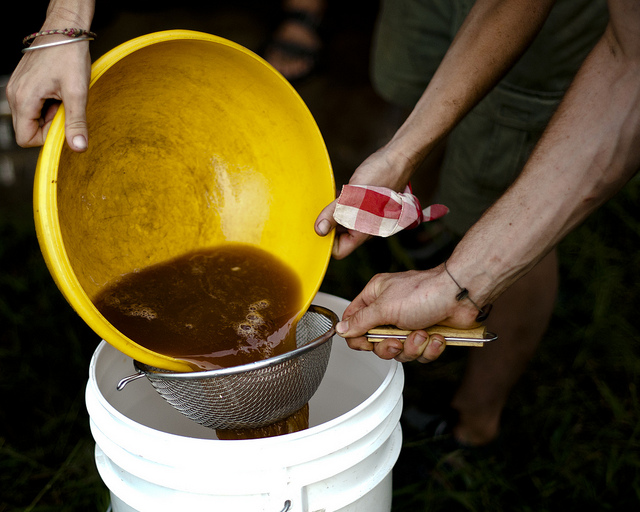
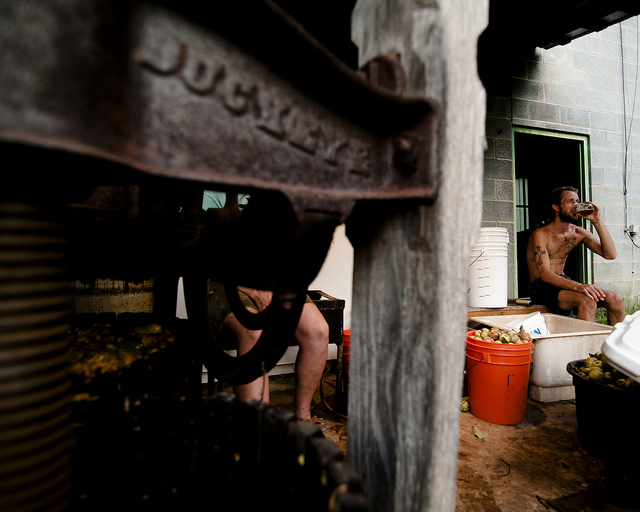
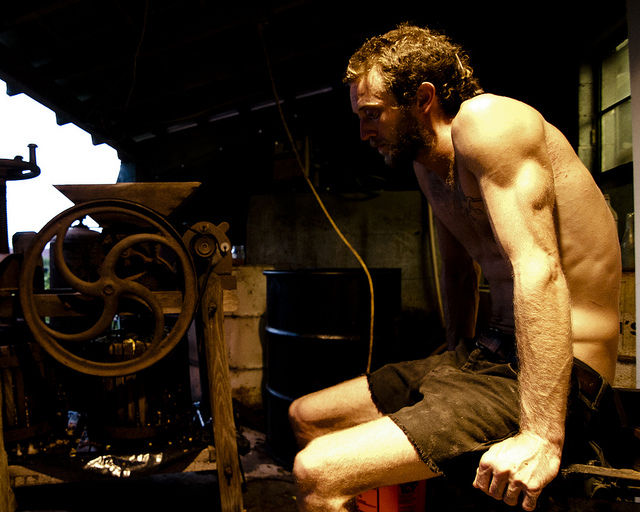

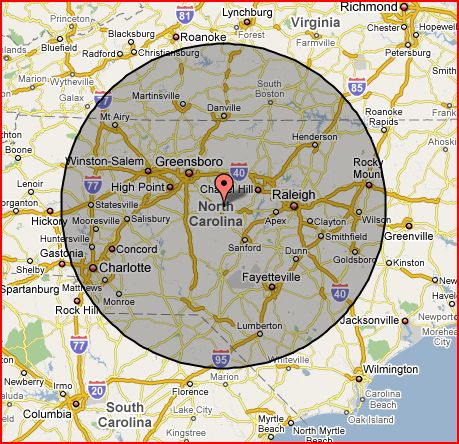

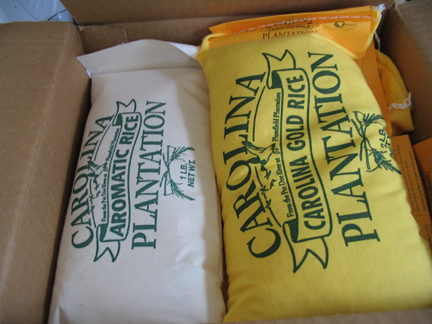

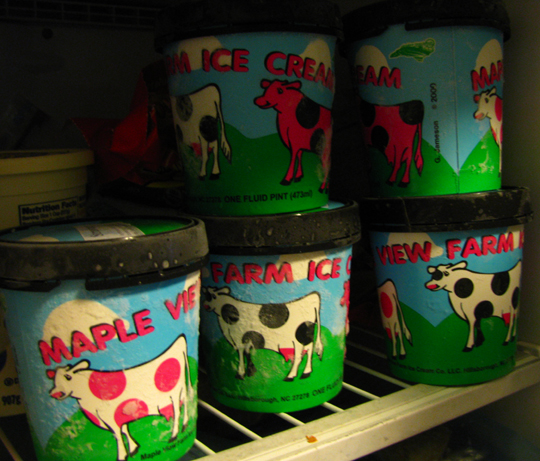

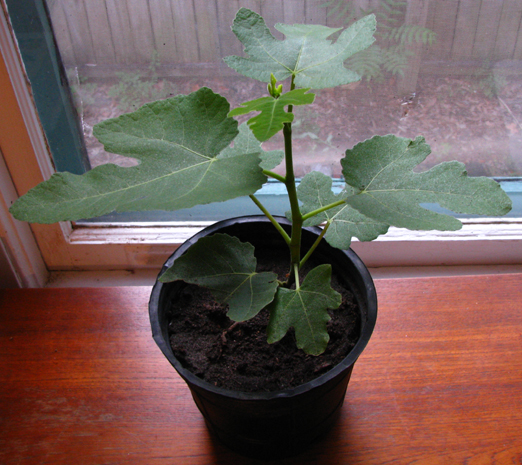

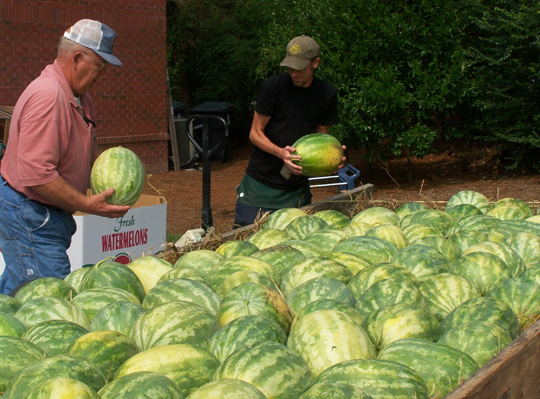

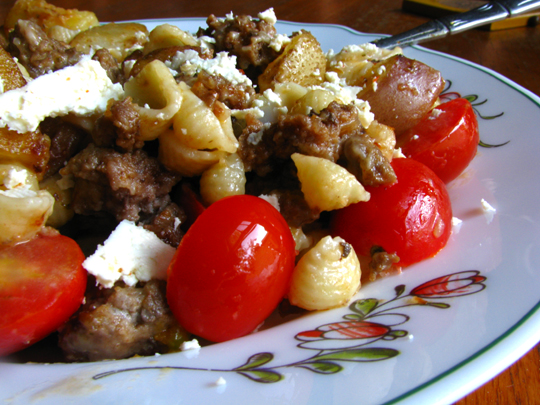

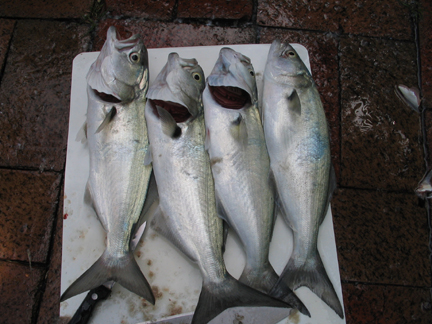

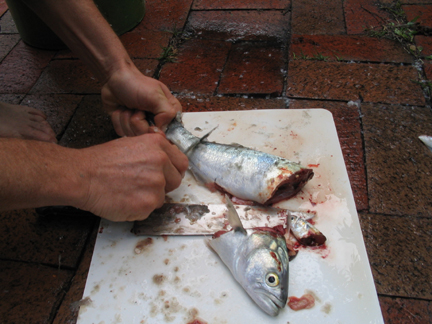
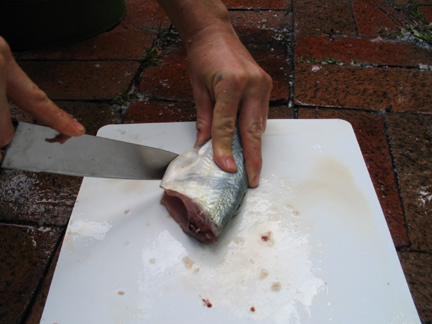
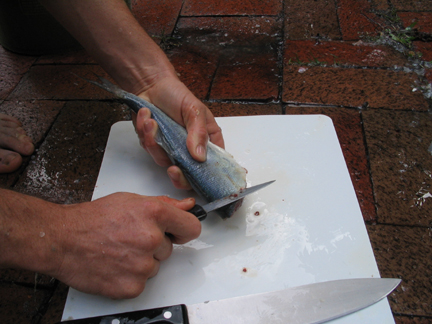
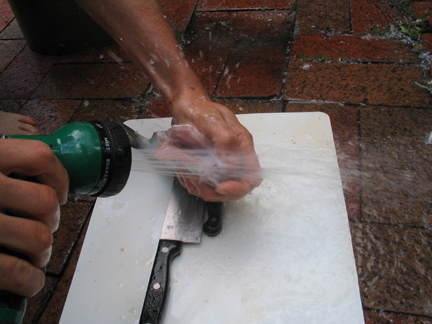
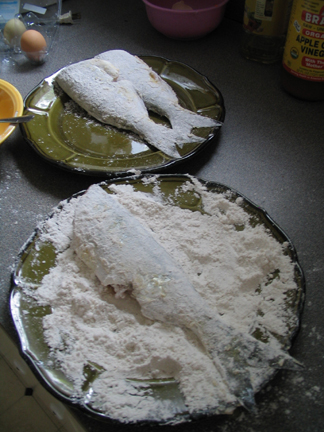
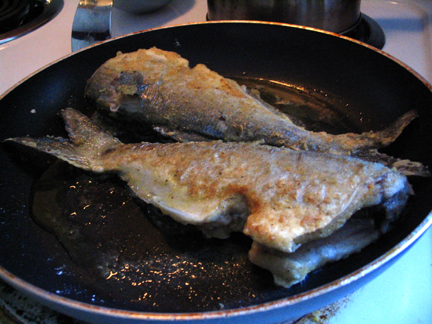
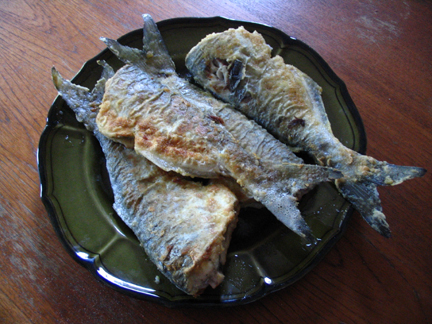
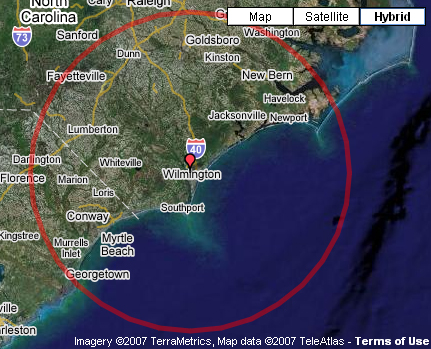

August 18, 2010 at 9:56 am
-awesome tattoo
-25 gallons!!
-my plan, if things fall into place, is to wwoof in france next summer to catch up on my french and to learn some me some new things